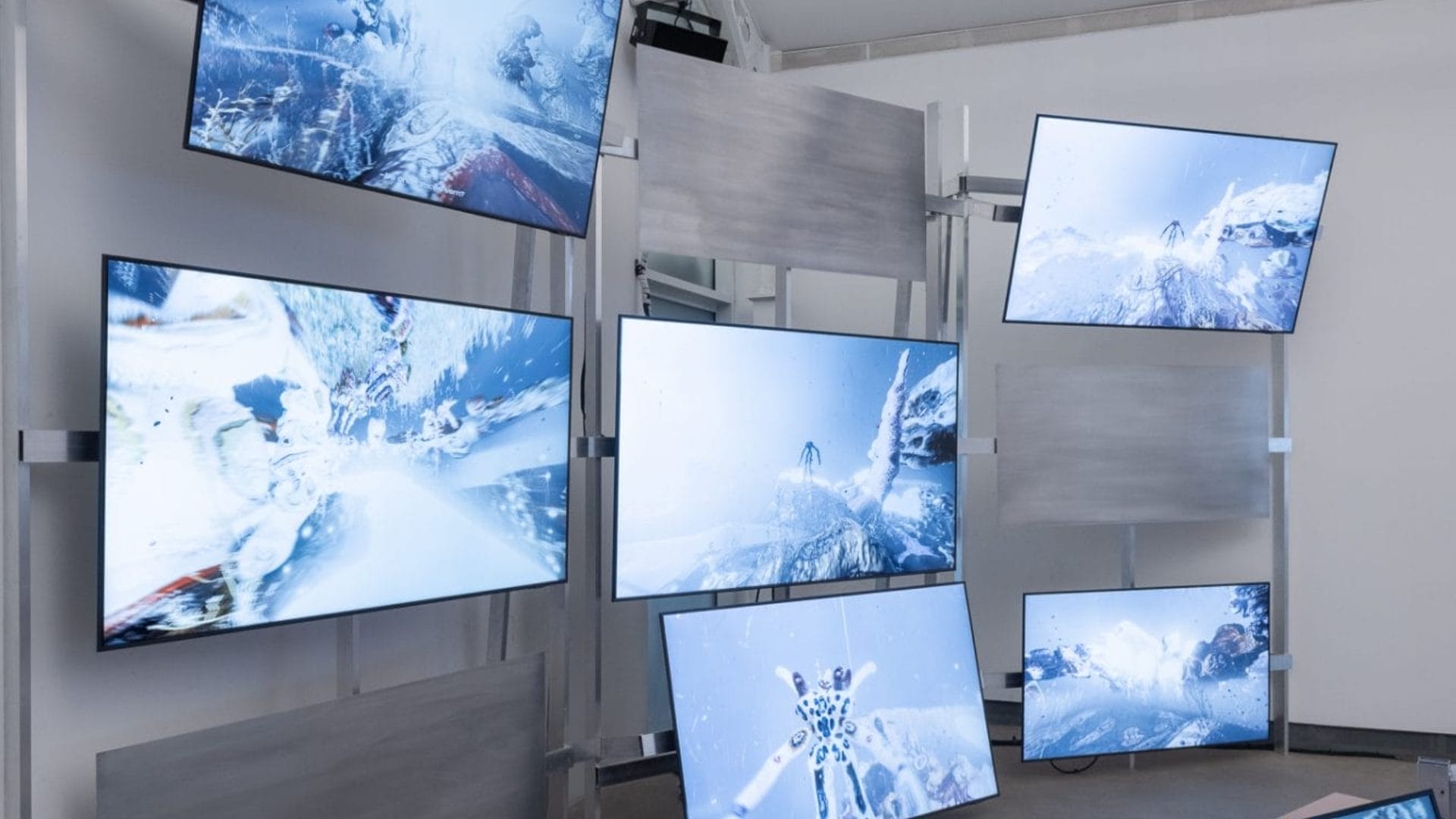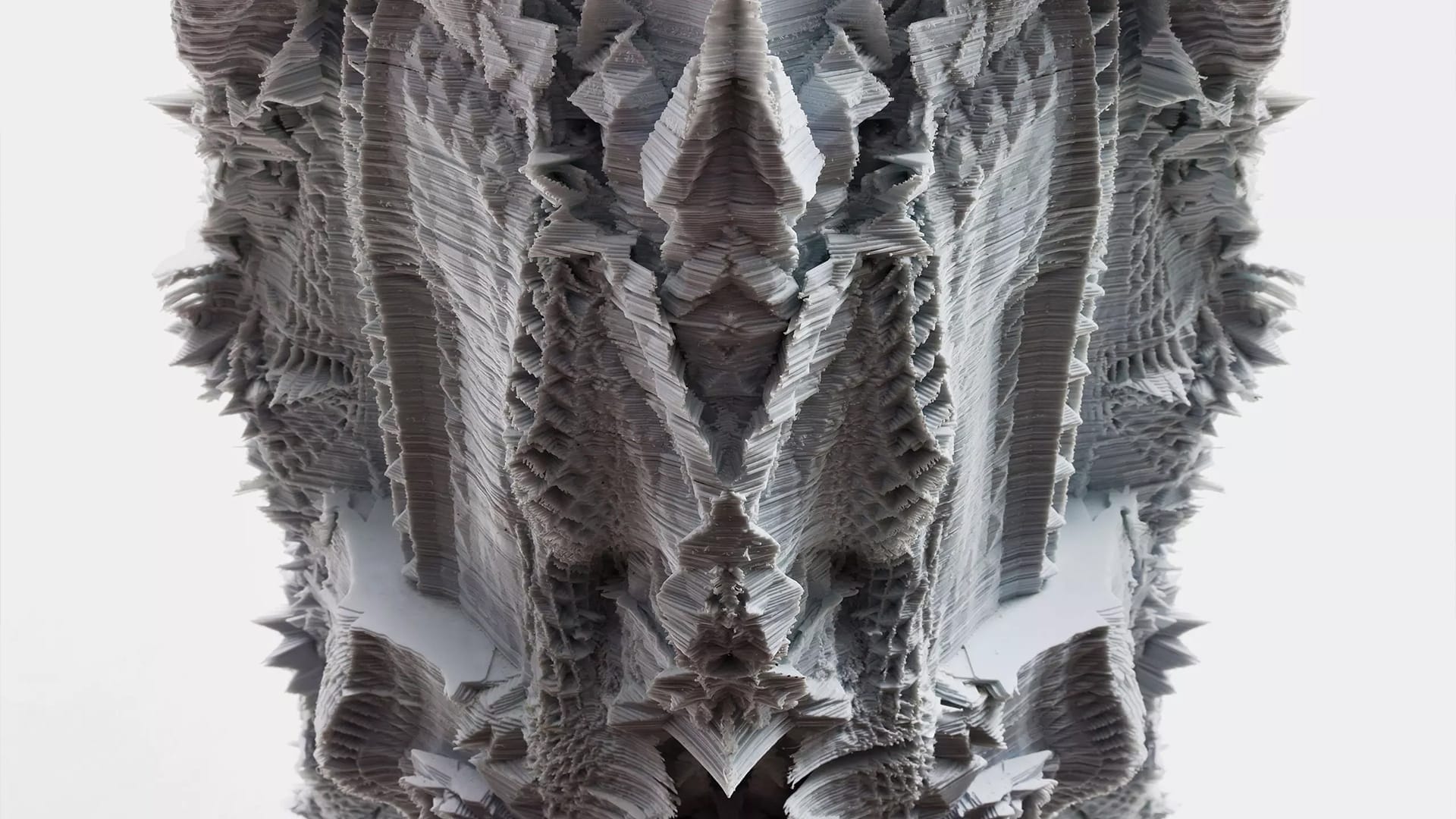
Generative Futures: Interactivity in a Post-Web3 World
Through a synergistic fusion of blockchain technology and advanced creative coding, generative art is experiencing a remarkable transformation in the post-Web3 era, which is changing not only the aesthetics of art but also interactivity and engagement dynamics.
Generative art, true to the decentralized nature of Web3, harnesses creative coding to reinvent the online canvas, transforming it into a space of immersive and responsive experiences — changing audience engagement from passive observation to dynamic participation, thereby transforming the dynamics of the artist-audience interaction.

Algorithmic Compositions: The Evolution of Generative Art
The development of generative art began in the mid-20th century, with pioneers like Vera Molnár and Michael Noll exploring the intersection of art and computation; an early phase characterized by experimental use of algorithms and mechanical systems to create art, often limited by the technology available at the time.
Moving into the late 20th century, the advent of personal computing rapidly opened new opportunities for generative art. Artists started harnessing programming languages like BASIC and LISP, exploring the potential of these tools to create complex, algorithmically-driven artworks. This period marked a significant shift from mechanical to digital, expanding the scope and capabilities of generative artists.
But the digital explosion in generative art truly flourished with the introduction of advanced programming languages like Python and JavaScript in the 21st century, empowering artists to use algorithms not just as tools, but as the core essence of their creations.
Today, generative art stands at the forefront of digital creativity, where the interplay of code and audience input has introduced a level of interactivity unprecedented in traditional mediums.
At this point in time, the artist has evolved from a traditional creator to a curator of digital experiences. By setting rules and parameters within their code, they invite a more fluid, interactive form of expression, challenging the conventional artist-artwork relationship shaped by both technological advancements and human interaction.
Generative art, in its current form, is a living entity, continuously evolving and reflecting the symbiotic relationship between technology, artist, and audience.
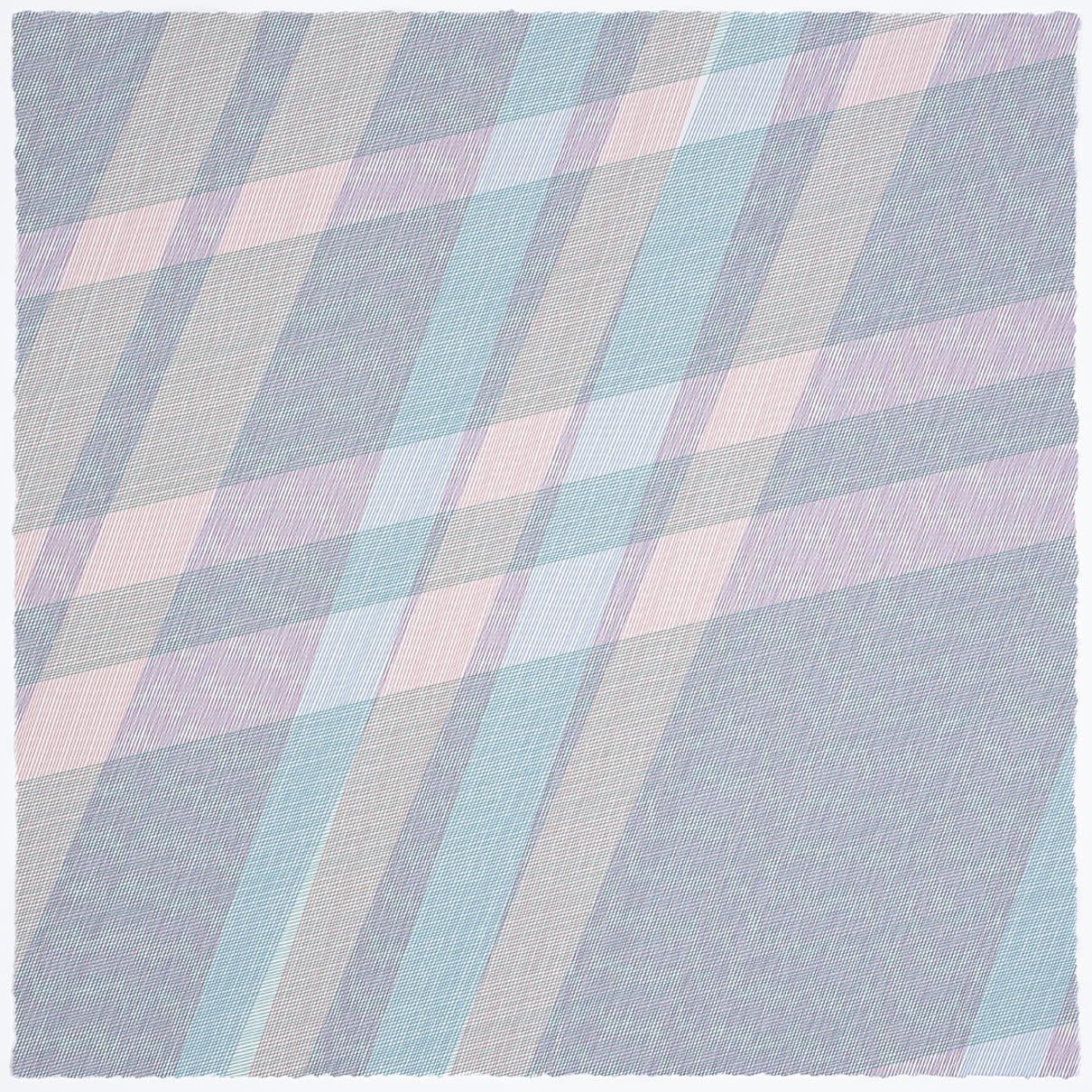
Beyond the Code: The Expanding Reality of Generative Art
Generative art transcends conventional art by intertwining complex algorithms with artistic vision. It becomes a harmonious blend of randomness and procedural rules, elevating code from a mere tool to an active collaborator in the creative process. Here, the unpredictable interplay of algorithmic elements with artistic design results in art that is perpetually evolving, revealing new and unexpected dimensions with each iteration.
As we explore the realm of pioneering artists, it’s essential to recognize the significant contributions of figures like Casey Reas, Ben Fry, and Jared Tarbell.
Reas’ creations, merging organic forms with digital precision, challenge our perception of the natural versus the artificial. Fry’s approach, where data becomes a visual language, uncovers narratives hidden within numbers and statistics. Tarbell’s art celebrates the symbiosis of mathematical rules and natural aesthetics, beautifully illustrating generative art’s capability to emulate and expand upon nature’s intricate patterns.
At the core of this art form is its capacity to generate unique experiences. Each viewing presents a new perspective, a fresh interpretation. And it is precisely the procedural generation intrinsic to this medium that sets the stage for an organic, autonomous evolution of art, making the outcome as surprising to the artist as it is to the audience. This unpredictability and constant evolution underscore generative art’s unique place in the contemporary art landscape.
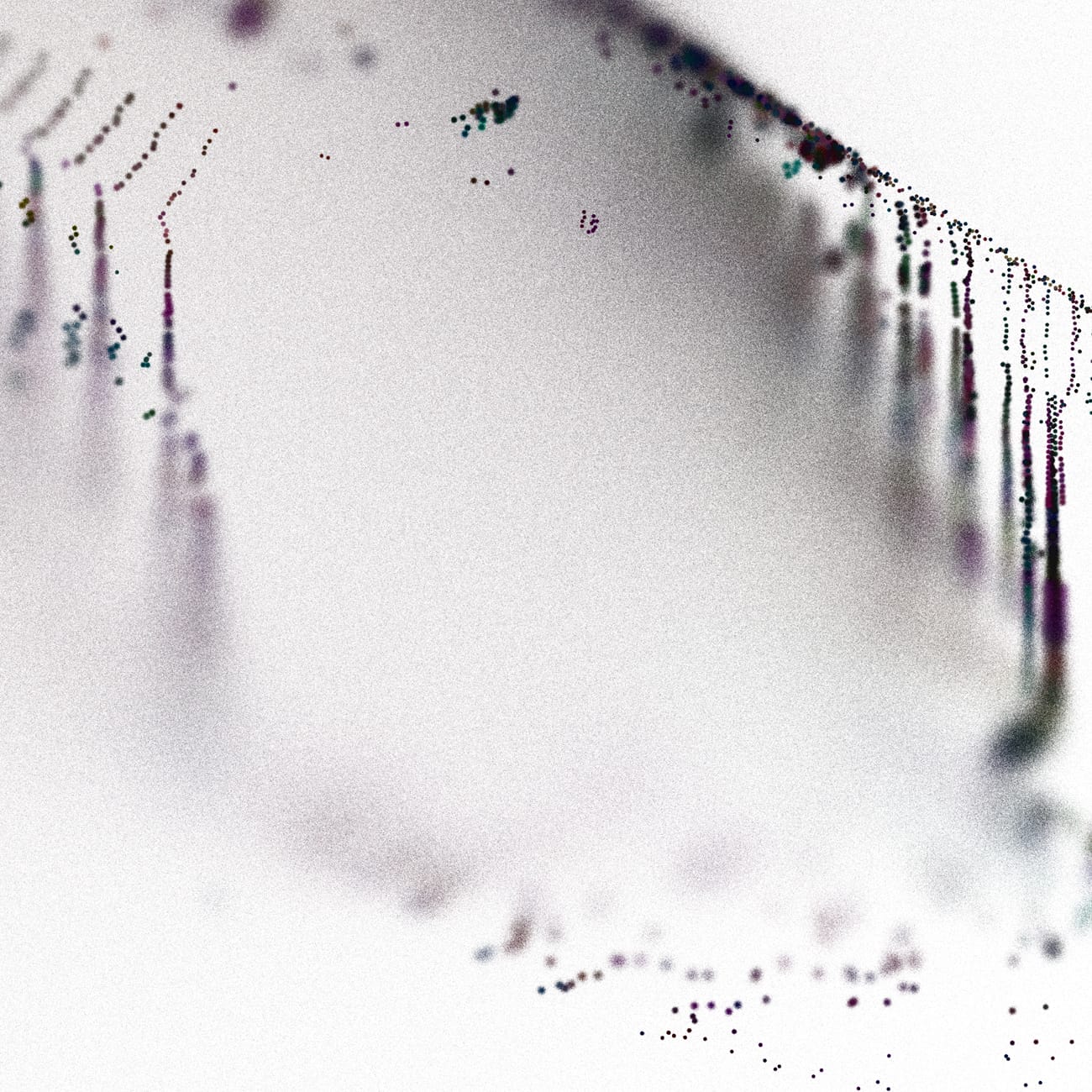
The Technological Edge: Emerging Tools in Generative Art
Building on the dynamic interplay between code and creativity in generative art, the digital landscape continues to evolve with groundbreaking tools and technologies.
At the forefront of this evolution are Artificial Intelligence (AI) and Machine Learning (ML), which transcend their roles as mere tools to become integral collaborators in the creative process. These technologies enable artists to explore new frontiers, where algorithms not only assist but also learn, adapt, and even emulate artistic styles.
Parallel to the advancements in AI and ML, the immersive realms of Virtual Reality (VR) and Augmented Reality (AR) are giving new meaning to artistic expression.
VR and AR extend beyond visual aesthetics to create multi-sensory experiences, inviting audiences into participatory and interactive art worlds. This shift is transformative, altering not only the medium but also the very essence of the relationship between art, artist, and audience.
Highlighting these advancements, artists like Michael Hansmeyer, with his “Generative Column Design” project, leverage digital manufacturing to delve into complex, algorithmically-driven architectural forms. Similarly, artists Manolo Gamboa Naon and Anders Hoff employ tools like Processing to craft artworks that echo intricate behaviors derived from basic algorithmic principles.
The realm of AR is equally transformative. Events like The Mural Festival in Montreal have showcased how AR can turn physical spaces into interactive art landscapes, offering immersive experiences through digital augmentation. Studio Drift’s “Franchise Freedom”, a generative AR artwork, exemplifies this by simulating bird flight patterns, illustrating the potential of AR in creating responsive, evolving art.
Another rising trend is the fusion of creative coding with bioart and data visualization, as seen in the works of artists like Refik Anadol. This approach merges art with science, utilizing code to render complex scientific and ecological data into visually compelling narratives.
Bioart, in particular, uses biological materials in tandem with digital technologies to probe the intersections of biology, technology, and art. Data visualization, on the other hand, transforms abstract data into engaging visual stories, democratizing complex information for a wider audience.
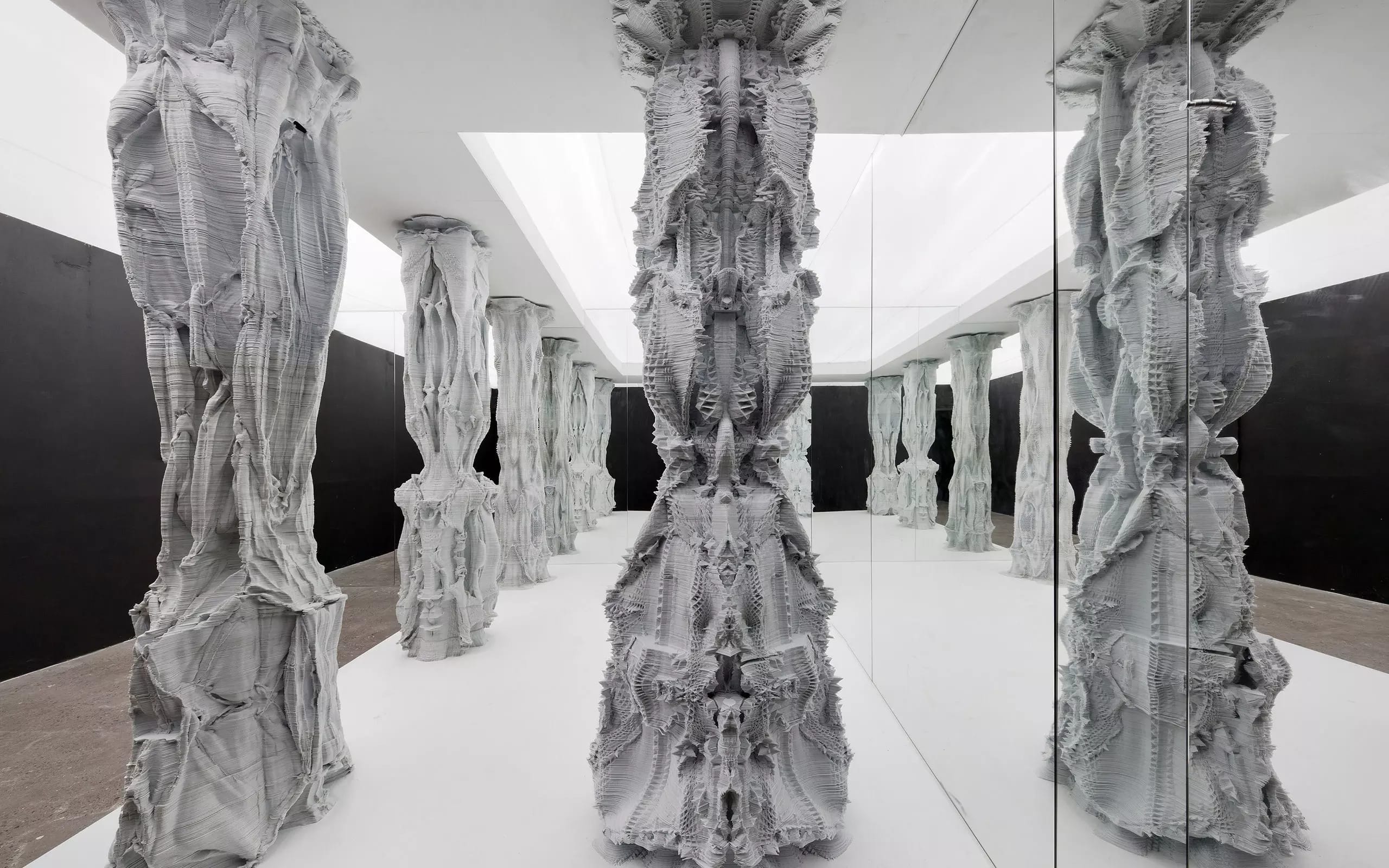
Redefining Creative Spaces: The Impact of Web3 Platforms for Generative Art
The digital transformation in the world of art, especially generative art, has been significantly influenced by the advent of Web3 platforms grounded in blockchain technology and its decentralized ethos. Art Blocks and fxhash, in particular, represent the forefront of this transformation, redefining the creation, display, and trading of generative art.
Art Blocks combines blockchain technology with creative coding, offering artists a platform to use code in creating diverse generative art. Each time a collector mints a piece, a unique work is generated on the Ethereum blockchain, shared instantly by the artist, collector, and community. This process not only democratizes art creation but also expands the definition of contemporary art, as seen in the work of artists like Emily Xie and Casey REAS.
Similarly, fxhash has emerged as a robust platform built on the Tezos blockchain, catering to generative artists and collectors who seek an eco-friendly and cost-effective way to create and trade NFT artworks. The platform celebrated a significant milestone with its 100,000th mint before its one-month anniversary, indicating its rapid growth and acceptance within the artistic community. What sets fxhash apart is its non-curated nature, offering artists and collectors unmatched freedom to create and trade without restrictions, making it a unique treasure trove in the generative art space.
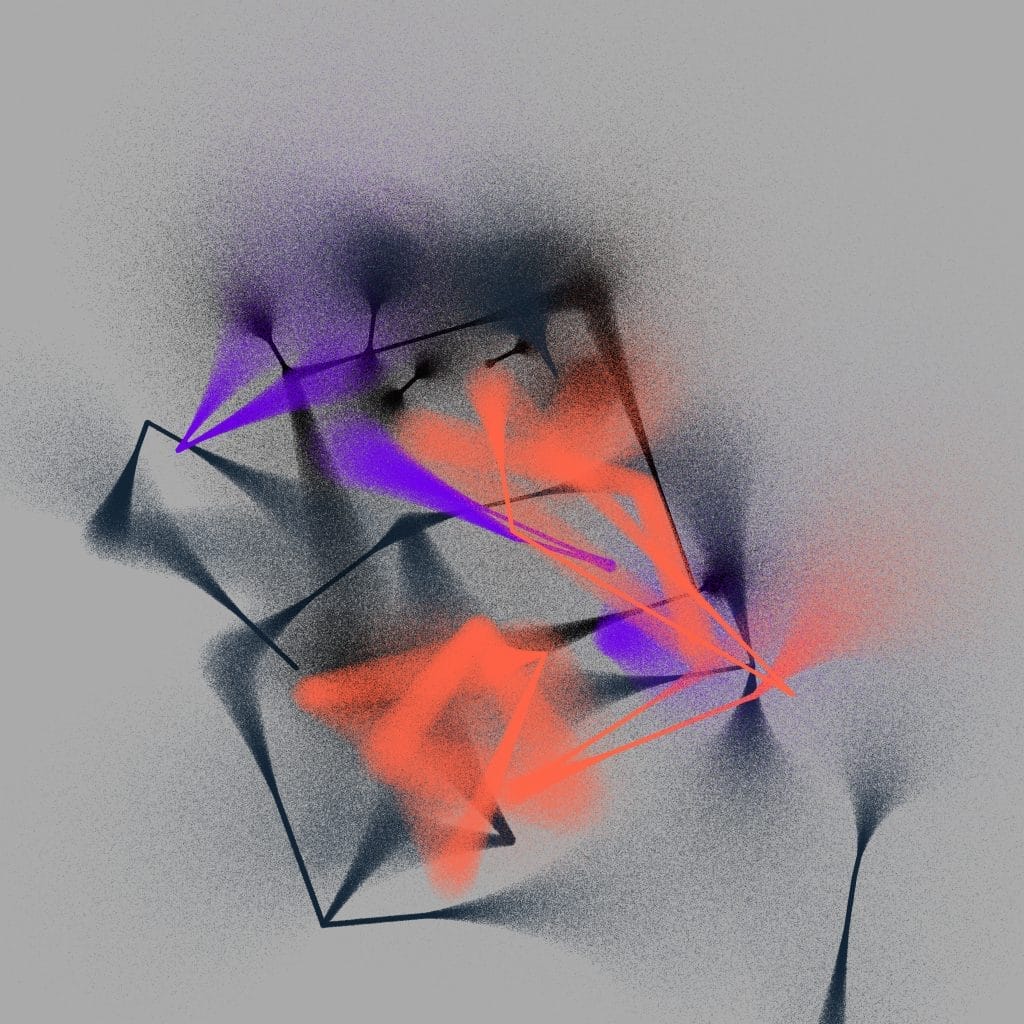
Artists Defining Interactivity in the Post Web3 Age
As we explore the impact of these Web3 platforms, it becomes essential to spotlight a selection artists who are each contributing uniquely within the Web3 framework, exemplifying the transformative potential of this new era in reshaping artistic creation and the potential of interactivity.
Andy Duboc: Parisian-born and a computer science alumnus from Université Lyon II, Duboc has carved a niche in generative art with his minimalist style. He melds his technological expertise with artistic vision, creating pieces that challenge and expand perceptions. His project “Mishmash,” exemplifies his technique, utilizing HTML, JavaScript, and WebGL to craft dynamic, evolving artworks.
Yazid: Originally from Brunei and with a background in software development, Yazid infuses his technical skills into his art. His works range from minimalistic to digitally textured pieces, challenging conventional art norms. His global recognition is evident with over 3,000 collectors and showcases at events like Art Basel.
Leander Herzog: Herzog, a Swiss artist, specializes in real-time animations and web-based art, exploring digital ownership themes. His works, often reflecting on technology’s omnipresence, have been displayed in renowned venues like Transmediale Berlin and HEK in Basel, demonstrating his significant impact on generative art.
Jimena Buena Vida: Born in Colombia and based in the U.S., Buena Vida integrates art with technology and emotion. Her works, a blend of digital and analog techniques, focus on self-discovery and transformation. She boasts a strong following, with her art being collected through platforms like Ethereum and Tezos.
Mut: A European generative artist known for landscape art, photography, and music videos, Mut’s recent work “Stride” explores p5.js and chroma.js libraries. His art, described as a “visual journey,” showcases his blend of scientific inquiry and artistic expression.
Kira0: A German generative artist and architect, Kira0’s recent work “Remnants of Humanity“ portrays a dystopian future, highlighting the consequences of technological overreach and ecological neglect. This piece serves as both a creative expression and a cautionary tale.
Aleksandra Jovanić: Serbian artist and programmer Jovanić specializes in data visualization and optical illusions. Her project “Billow“ is a testament to her skill, combining mathematics, generative code, and geometric aesthetics to explore the interplay between various states and forms.
3D Manatee: Based in Denver, CO, this pseudonymous artist’s work, such as “Separation Anxiety,” reflects on themes of evolution and change. Using geometric shapes and distinctive color palettes, their art offers abstract interpretations of natural processes.
Bjørn Staal: Norwegian artist Staal brings a unique perspective with his focus on generative art and interactive installations. As the founder of Void and a prominent figure in the field, his work adds depth and innovation to the world of Web3 generative art.
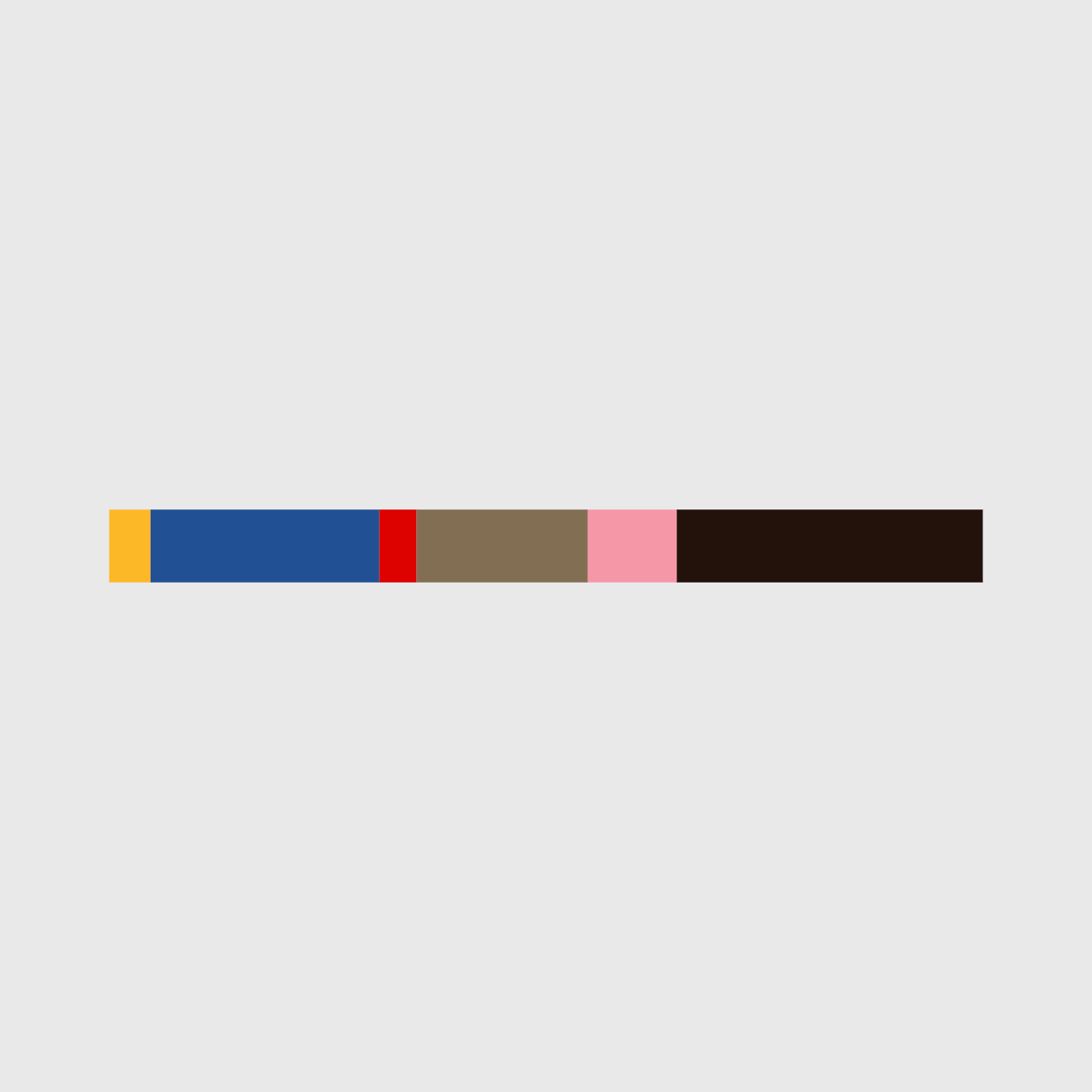
Interactive Art: Concluding Thoughts
In the narrative of post-Web3 generative art, there emerges a profound recognition of art’s evolving nature, echoing sentiments deeply rooted in the generative artist community.
This era marks not just a technological leap but a philosophical renaissance in art. Here, art is perceived as an algorithmic dialogue, embodying the principle that every interaction is part of an ongoing creative process.
Artists see their work not as finite pieces but as living, breathing entities, constantly reshaped by viewer engagement — the vision of art as an open-ended exploration, a journey of continuous creation and transformation.
fakewhale
Founded in 2021, Fakewhale advocates the digital art market's evolution. Viewing NFT technology as a container for art, and leveraging the expansive scope of digital culture, Fakewhale strives to shape a new ecosystem in which art and technology become the starting point, rather than the final destination.
You may also like
FW Spotlight: Top Submissions of December
Tradition and modernity collide like tectonic plates, their friction fueling questions of identity a
Stefano Contiero: A Tapestry of Generative Art and Human Emotion
Stefano Contiero, an Italian-Dominican self-taught artist born in Bassano del Grappa, creates intric
Wade Guyton and Beatrix Ruf in Conversation with Matteo Giovanelli Following the opening of Michael Ringier’s Collection at the Langen Foundation, Düsseldorf
On April 13th, The Langen Foundation (Düsseldorf, GER) opened an extraordinary exhibition celebrati

